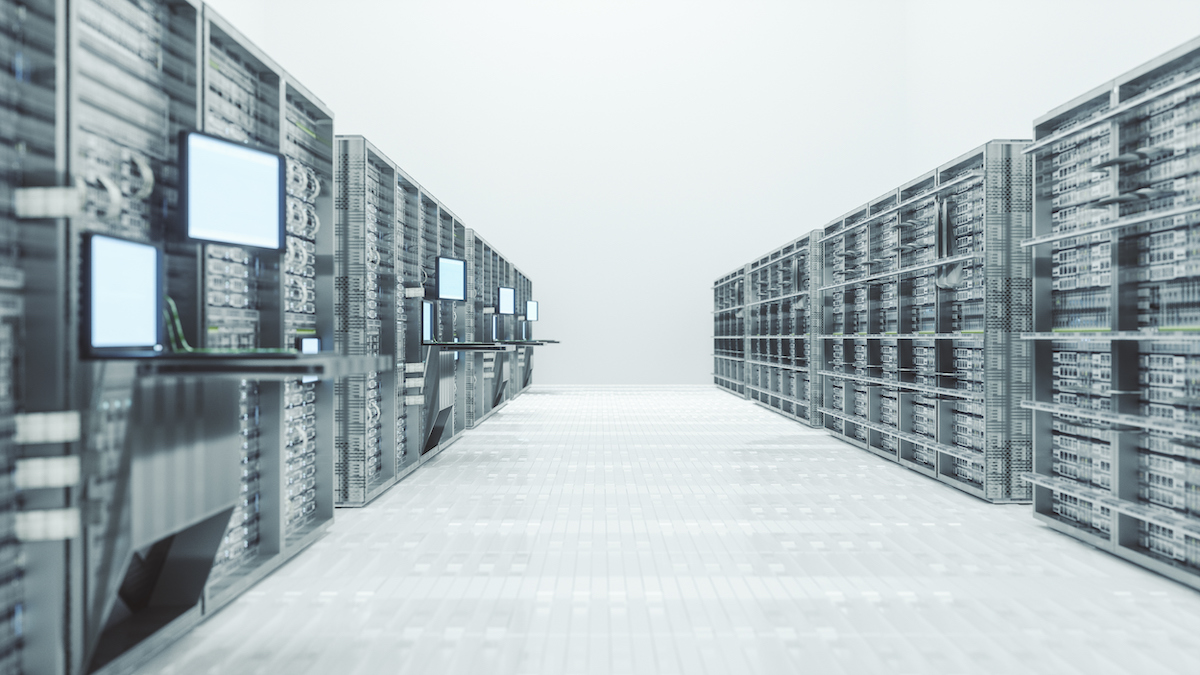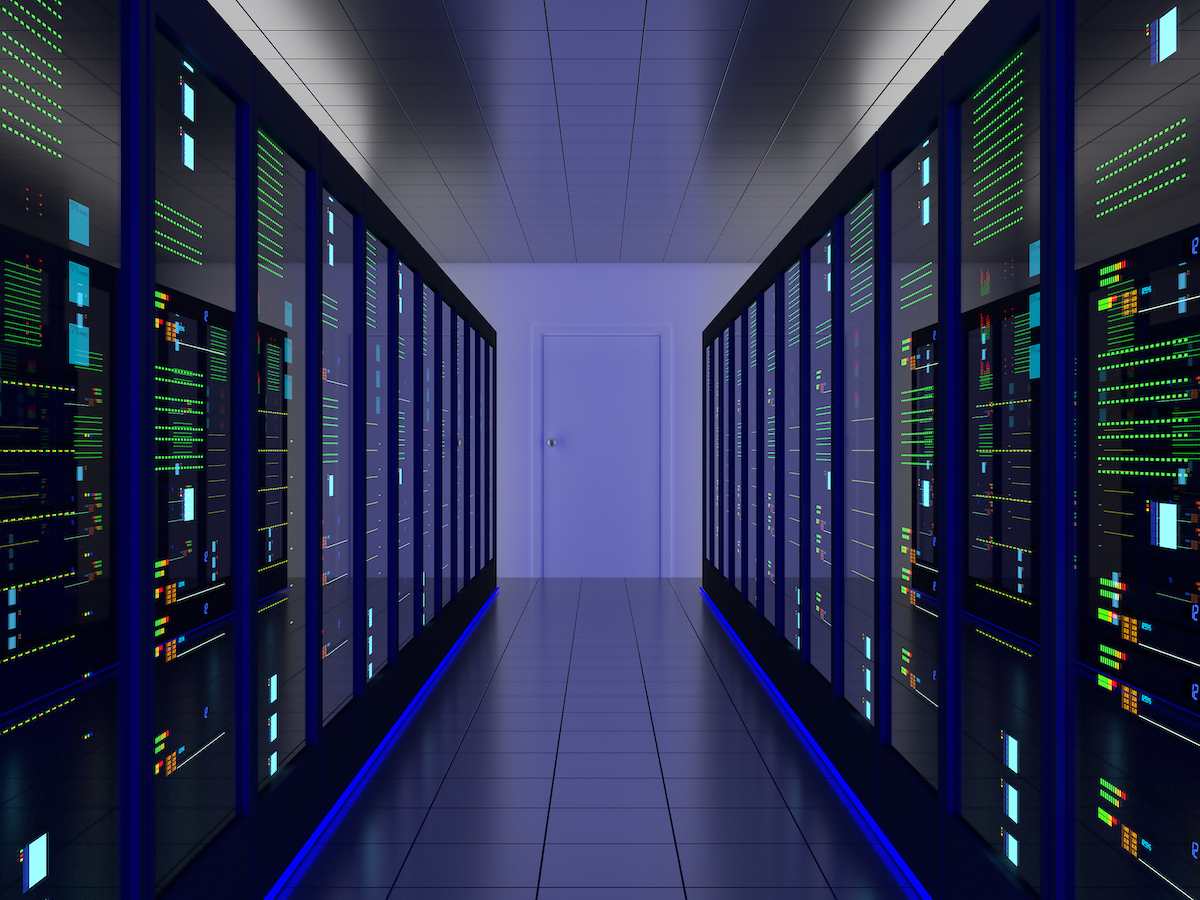IT Disaster Recovery Options | OneNeck IT Solutions

Natural disasters, equipment failures and error-induced process interruptions have historically been the primary threats to infrastructure stability. Now, these threats are overshadowed by those originating from malicious intent and overloads on the global infrastructure. These threats to infrastructure stability, together with competitive pressures and market demands, have emphasized the need for effective and thorough risk-based continuity planning, because in most cases, when the information flow stops, so does business.
As such, disaster recovery (DR) planning continues to be a priority initiative for businesses of all types. However, there are a variety of DR options for failing over workloads to an alternate location. It is imperative for IT professionals to understand their options and choose the one that is the best fit for their own organization.
Build Your Own
Building your own DR site is an option for many organizations. By building your own site, you maintain complete control of your infrastructure and data. In addition, you will be able to create a site specific to your exact DR needs.
However, building your own data center is resource-intensive and requires experience. And that’s not all—once your data center is built, you also have to manage the upkeep, updating, administration and management of the data center, all of which can be incredibly complicated throughout the life of your data center. An important question to ask yourself is whether you want to be in the business of running a data center. Can you operate a data center facility as well as, or better than, a third-party provider?
Cloud for Disaster Recovery
Today, as the cloud continues to become more reliable and secure, many organizations are moving to Disaster Recovery-as-a-Service (DRaaS). DRaaS is designed to cater to businesses of every size and need. Organizations can subscribe to full-scale DRaaS, where the service provider manages everything from the replication of a customer’s production virtual machines (VMs), and in some cases physical machines, to full-service recovery once a disaster is declared. Others look for an Infrastructure-as-a-Service (IaaS) model offering in which they handle their own VM replication to the cloud and manage their own recovery. And some organizations simply want Backup-as-a-Service (BaaS), where the provider manages customer backups from the production site to the cloud.
As with any service, there are cons. Here are the most significant cons of backing up your data in the cloud:
- You can’t access your data if you don’t have Internet access.
- Bandwidth issues – You need the right amount of bandwidth to back up large chunks of data.
- Large data recovery jobs will use more resources, which could ultimately increase your cost for DRaaS.
Colocation for Disaster Recovery
Colocation is an attractive alternative for organizations who do not want build and maintain their own facility or just aren’t ready to place their data in the hands of a cloud provider.
Colocating your disaster recovery IT infrastructure gives you peace of mind in the event of a natural disaster, power outage or other unexpected event that impacts your primary place of business. Colocation can ensure that your offsite infrastructure and applications will remain available and operational if the unexpected happens.
In addition, with colocation, organizations can reduce overhead and increase operating efficiencies by moving their network, servers, data storage and other equipment to a remote location. You’ll be paying only for space and, at the same time, maintaining complete control of your equipment. Your valuable IT operations will be protected remotely in a secure data center.
Every business is unique and has its own needs when it comes to DR. It’s important to determine what’s critical to your business and your customers to make sure you deliver on your commitments no matter what, then select the solution that best suits your particular situation.
OneNeck operates nine state-of-the-art data centers located throughout the US, all of which offer superior security, redundant connectivity and climate-controlled environments ideal for your colocation and DR needs. Our data centers are designed to give you options, help you lower your operating expenses, reduce capital expenditures, deploy solutions faster and scale your requirements as needed.
Read our white paper, “Why Colocation is a Great Fit for Your DR Strategy” by clicking below.




